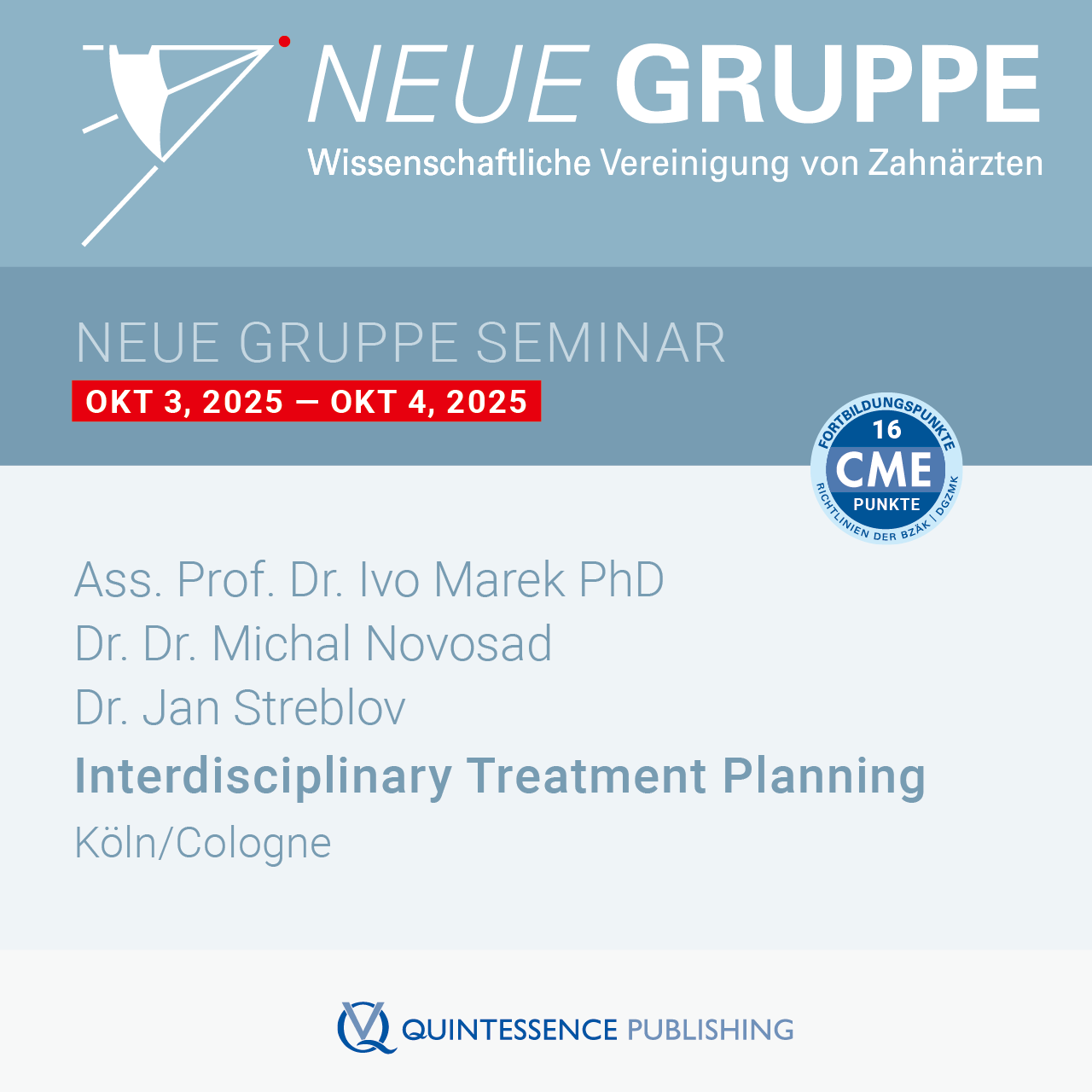Journal of Aligner Orthodontics, 2/2022
Original Scientific ArticlePages 93-102, Language: EnglishPokorná, Michaela / Marek, Ivo / Kučera, Josef / Tycová, Hana / Tvardek, JiřiObjective: The present study aimed to assess the cephalometric changes in patients with a clinically proven anterior open bite after clear aligner treatment (Invisalign, Align Technology, San Jose, CA, USA). The amount of planned movement was also compared with the amount of movement that actually occurred, as measured on the radiographs.
Materials and methods: This retrospective study included 30 patients (11 women, 19 men; mean age 20 years) with anterior open bite (bite depth < 0 mm) treated using Invisalign clear aligners in both arches. The patients received non-extraction treatment with a mean duration of 20 months. Twenty-one parameters (eight linear, twelve angular and one ratio) were evaluated on cephalometric radiographs taken prior to (T1) and after treatment (T2). The amount of planned movement and the actual movement that resulted from the treatment were also compared.
Results: Statistically significant molar intrusion occurred in the maxilla (0.66 to 0.83 mm) during treatment. Bite deepening was also statistically significant (mean 2.7 mm), but this was not the case for mandibular autorotation. Significant extrusions were recorded in the incisors (0.95 to 1.06 mm in the maxilla and 0.38 mm in the mandible). Significant changes in the interincisal angle (mean increase 10.84 degrees) were also recorded due to the significant oral inclination of both the maxillary (mean 4.73 degrees) and mandibular (mean
5.53 degrees) incisors. No significant changes to the occlusal plane were noted during treatment. For most movements, the difference between the planned and measured amount was not significant.
Conclusion: Clear aligners can be used to treat less severe cases of open bite. The clinical effect of bite deepening is achieved through a combination of intrusion of the lateral segments and extrusion and oral inclination of the frontal segments. In particular, the resulting oral inclination was greater than planned; in general, however, significant changes to sagittal relationships due to mandibular autorotation probably cannot be expected, and significant improvement of facial aesthetics is therefore also unlikely.
Keywords: autorotation, clear aligners, extrusion, intrusion, open bite





